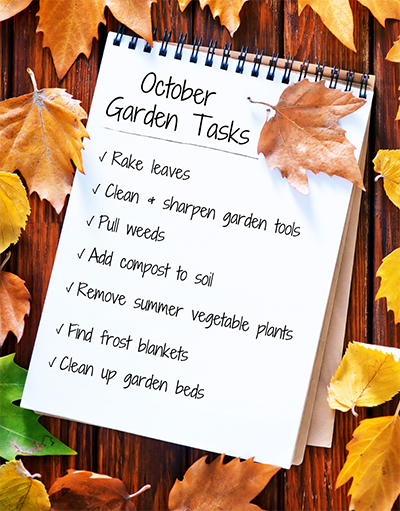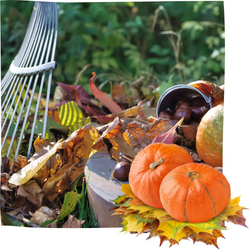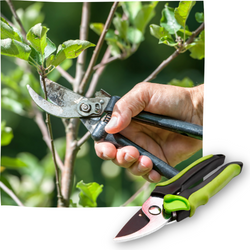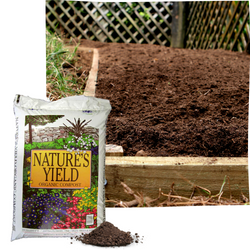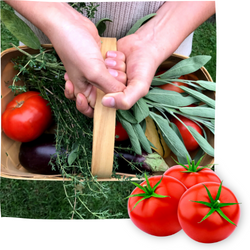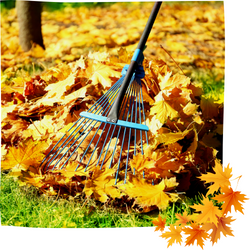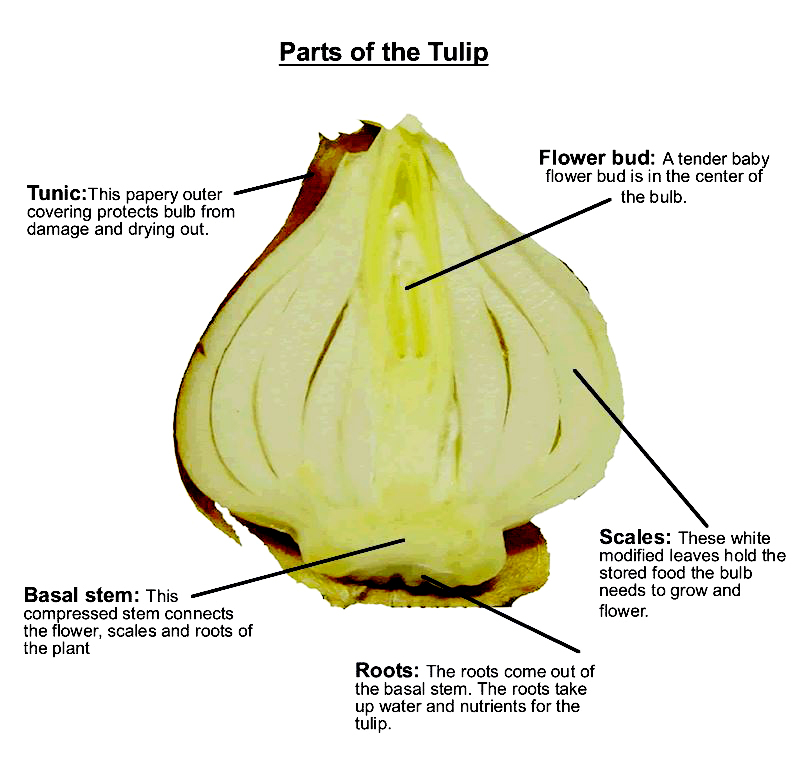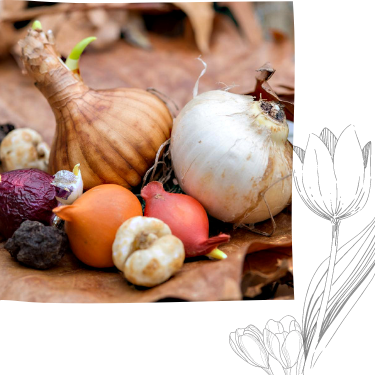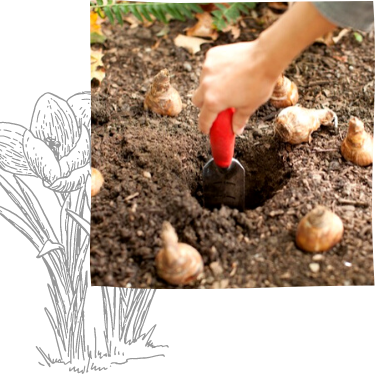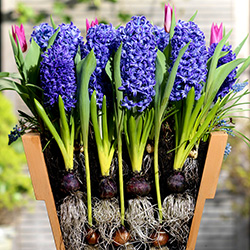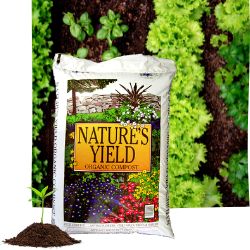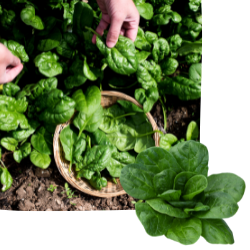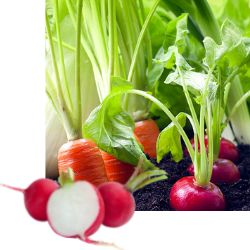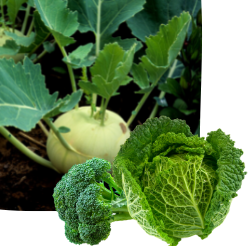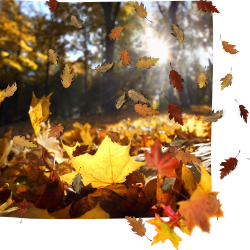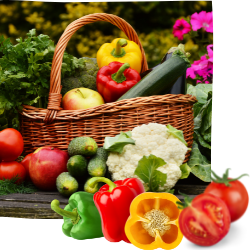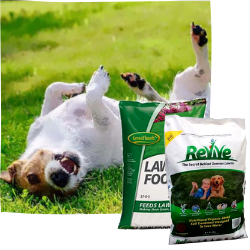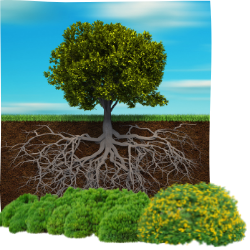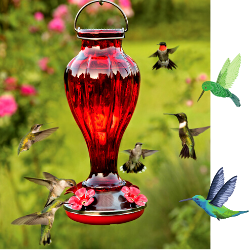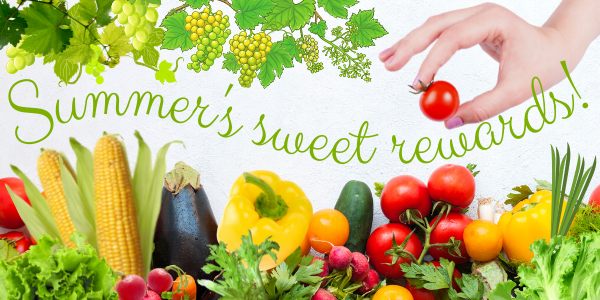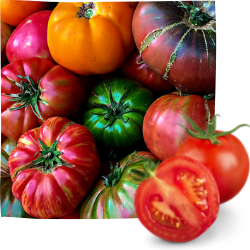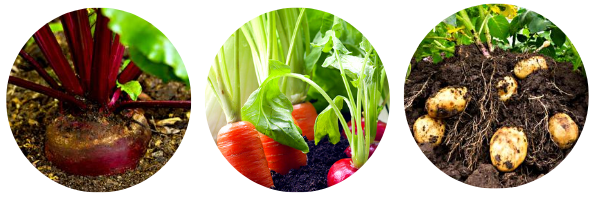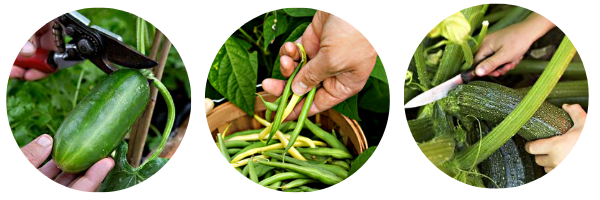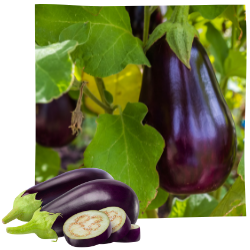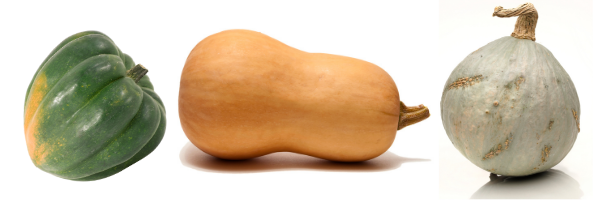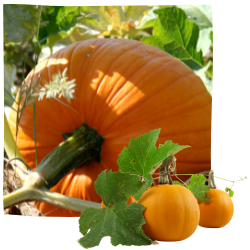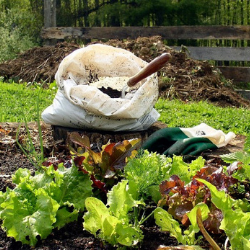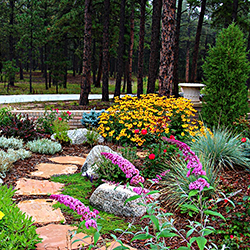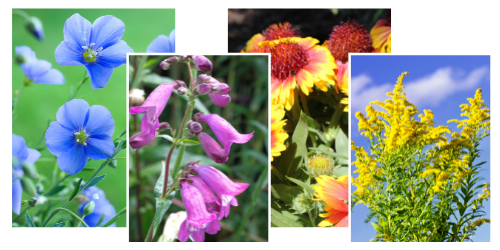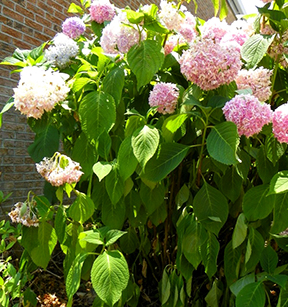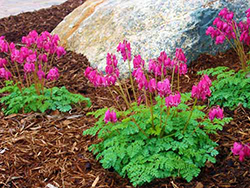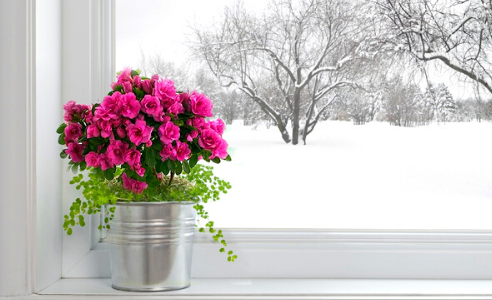
Now that our doors and windows are closed for the winter, houseplants provide a welcome splash of life and color in our indoor landscape.
Fresh, vibrant, and green, those innocent looking houseplants contribute much more than just a touch of color though. They play a significant role in keeping stale, recirculated air clean. Plants create fresh oxygen, filter dangerous toxins out of the air, and add a bit of fresh air to any room they live in. For the most part, houseplants are pretty easy to care for, but the winter season can present some special challenges for them. Here are a few quick tips to make your indoor garden a successful one.
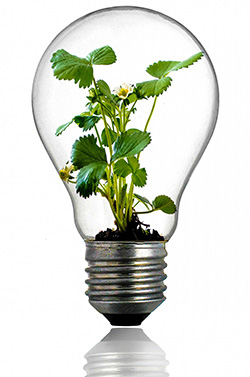
BUMP UP THE AVAILABLE LIGHT
Adequate light is one of the most important environmental factors in successfully growing plants indoors. Too little light may make your plant leggy with spindly new growth. Let your plants receive as much light as possible during the darker winter days. As the angle of the sun changes and the days get shorter, you may want to rearrange your plants to ensure they’re getting sufficient light in the winter months.
If you don’t have a sunny windowsill to house your indoor garden, grow lights can be especially useful. The proper lighting can supplement sunlight, or replace it entirely in the winter! Echter’s carries everything from full-spectrum bulbs to fluorescent grow tubes that fit in standard fixtures. Add some digital timers, and getting enough hours of light for your houseplants becomes effortless!

CHOOSE PLANT LOCATIONS CAREFULLY
Place your plants well away from winter’s chill. Don’t put them near entry doors where they will be exposed to cold drafts. Make sure the leaves of your plants living in window areas don’t actually touch the window. Minimize exposing plants to temperature extremes by placing them well away from your heating system’s air vents and also away from your fireplace.
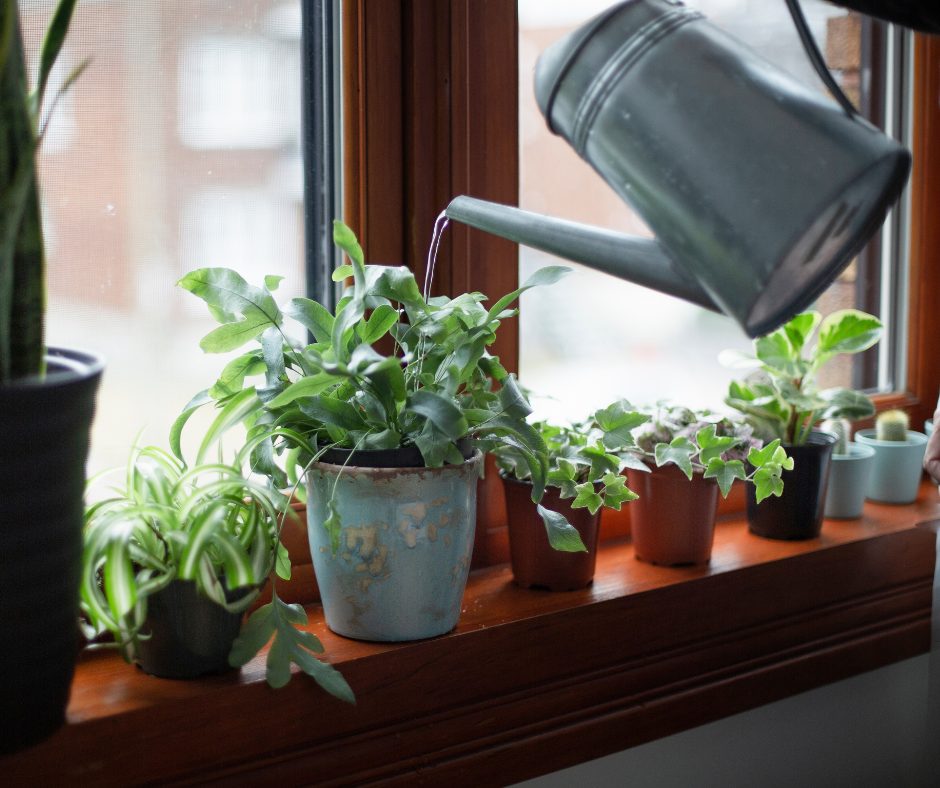
DECREASE WATER & FOOD
Remember that indoor plants need less water & fertilizer during the short days of winter. Shorter days mean less growth, so you’ll want to water only when your plants require it.
Overwatering is the number one killer of houseplants! Frequent watering forces air from the soil and opens the door for root-killing bacteria and fungus to move in. Surface soil can dry out more quickly during winter months, but that’s not a good indicator that the plant needs water. Push your finger into the soil to determine if it is dry an inch or two below the surface—that’s when it’s time to bring out the watering can. Avoid shocking your plants’ roots by using room-temperature water in the winter. Use fertilizer at half strength every other time you water until about mid-March.
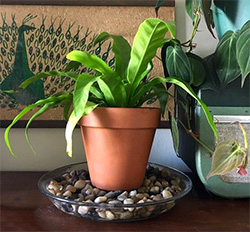
INCREASE THE HUMIDITY
Houseplants will benefit from added humidity. Humidifiers are great, but you can also use a simple-to-make pebble tray. Take an oversized saucer, add pebbles, and fill halfway with water. Then place your plant on the pebbles. As the water evaporates, add more, but don’t let the plant sit in water.
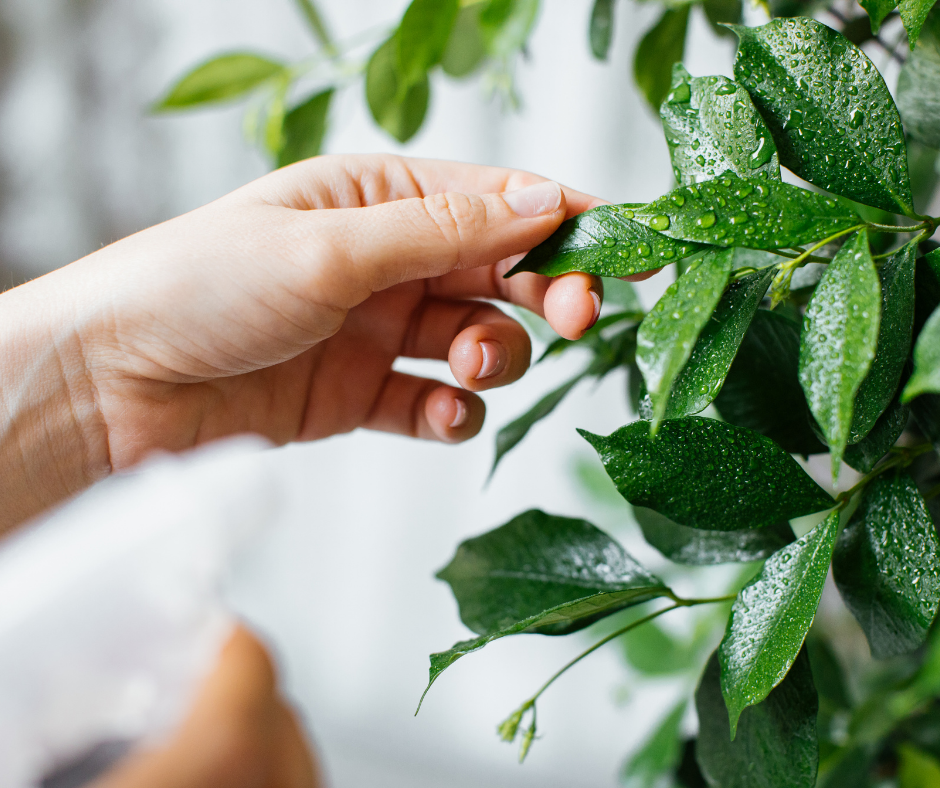
KEEP A SHARP EYE
OUT FOR PESTS
Dry air in our winter-warm homes can create a favorable environment for pests. Keep a close eye on your plants’ leaves for signs of problems. Periodically check your plants with a magnifying glass.
Thoroughly check the undersides of leaves, stems, and branch axils. Look for common plant pests such as spider mites, mealybugs, whiteflies, & fungus gnats. Spotting problems and responding to them early can keep populations from exploding.
Just as winter is a season of rest for the outdoor garden (and the gardener!), consider it an off season for your houseplants, and give them a season of rest too. Give them the essentials, but leave things like repotting and propagation until spring when your plants begin growing actively again. Next spring, after a long winter’s nap, your plants will be ready to get growing again!
